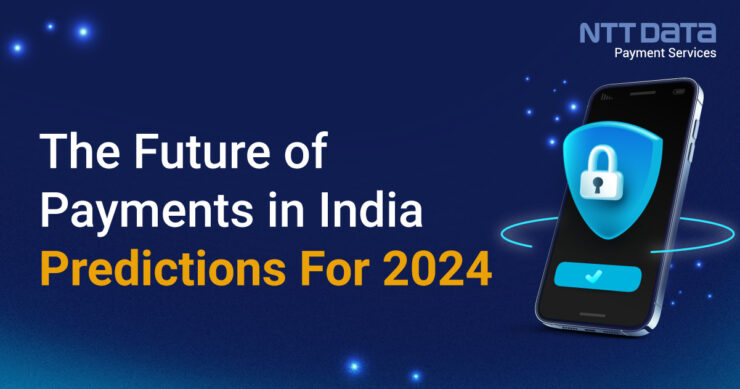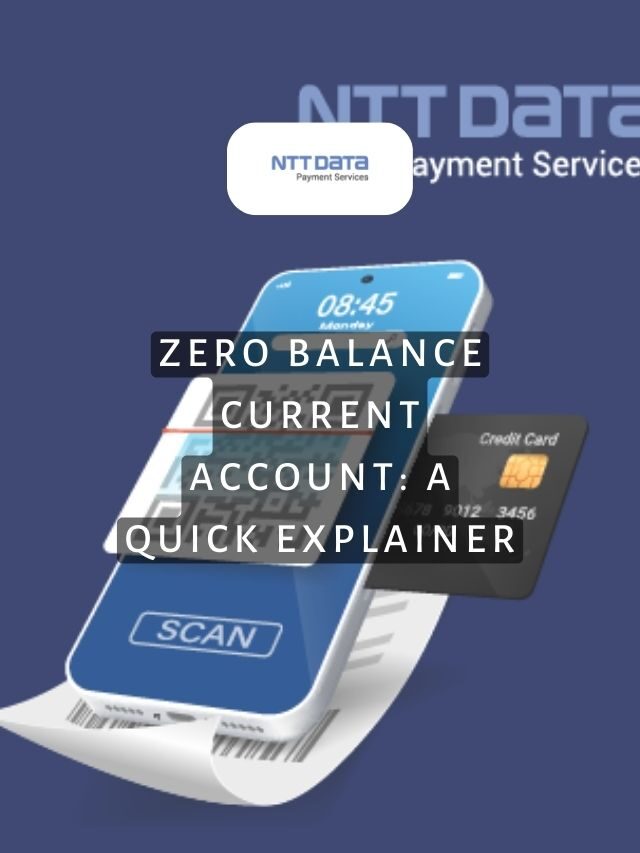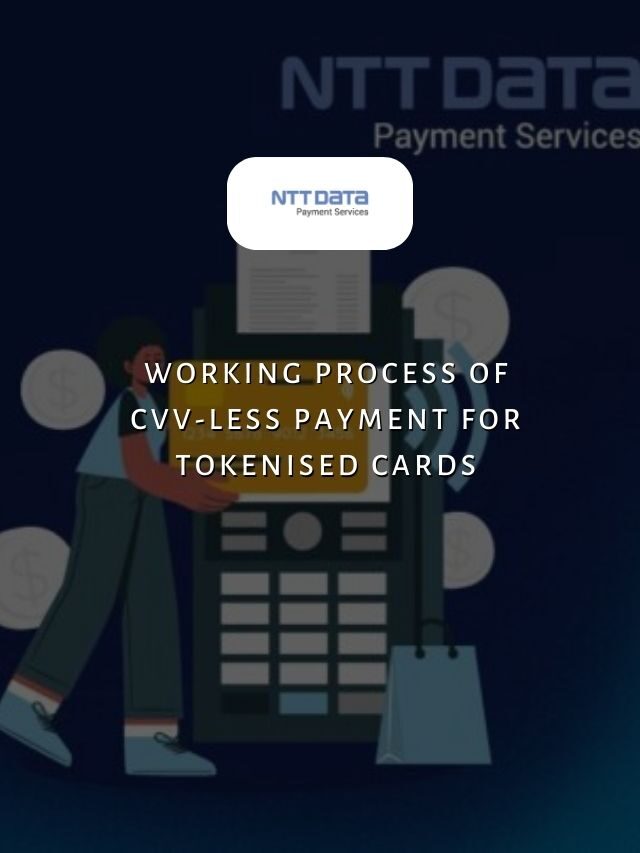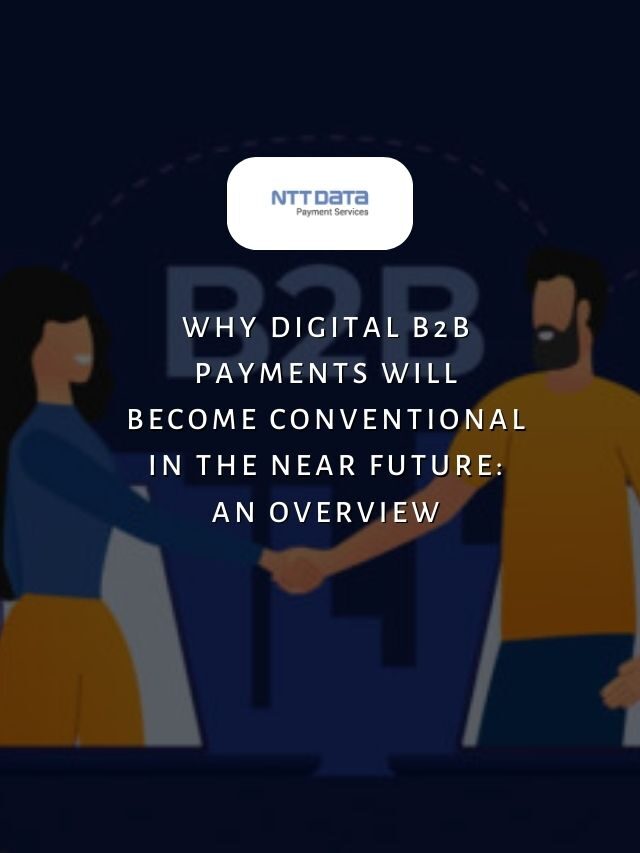
Table of Contents
- 1 The Future of Payments in India for 2024
- 2 Recent Web Stories
- 3 6 Factors Affecting The Future of Payments
- 4 Challenges For The Banks By 2024
- 5 Experience The Future of Payments in India With NTT DATA Payment Services
- 6 A Promising Road Ahead: India’s Digital Payment Vision
- 7 Frequently Asked Questions (FAQs)
India’s digital payments have grown exponentially over the last decade and are expected to grow further in 2024. UPI is projected to dominate payments, with NPCI aiming for 15-20 billion monthly transactions. The Account Aggregator framework will facilitate deeper open banking and value-added financial tools. Along with UPI & open banking, four other factors are set to transform the payment industry in India by 2024.
In this blog, let’s explore the key factors that drive payments in India for the upcoming year, 2024.
The Future of Payments in India for 2024
India has witnessed one of the most remarkable digital revolutions globally over the past decade. According to a BCG-Google report, digital payments in the country grew over five times between 2017 and 2022, with transactions rising from $62 billion to $3.1 trillion annually.
Driving exponential growth has been the rapid adoption of innovative platforms like UPI that have simplified financial access for millions. As we look ahead to 2024, the future of payments in India remains hugely promising as established and emerging payment types evolve to reach new users and use cases.
Recent Web Stories
6 Factors Affecting The Future of Payments
Here are the six factors affecting the future of payments in India:
1. Growth of UPI
The Unified Payments Interface (UPI) has revolutionised P2P transfers in India since its 2016 launch. UPI has revolutionised P2P transfers, clocking over 22.7 billion transactions worth $768 billion in 2023. With support from major banks and payment apps, UPI will facilitate over half of all digital payments in India by 2024.
New use cases around international remittances and merchant payments will further boost UPI adoption. The National Payments Corporation of India (NPCI) aims to double up to 15-20 billion monthly UPI transaction volumes.
2. Expansion of Account Aggregator Framework
The Account Aggregator (AA) framework launched in 2021 aims to make it easier for individuals to share their financial data with third parties for services like loans and investments. As more AAs receive final RBI approvals in 2024, this is expected to facilitate deeper open banking integrations, fuel fintech innovation, and enable value-added services like personal financial management tools.
3. Pay Later Goes Mainstream
Emerging payment options like Pay Later () are gaining popularity among young urban consumers. Major players like LazyPay, Simpl, and ZestMoney are expanding their merchant networks and targeting smaller cities.
By 2024, over 50 million Indians will use Pay Later services for online and in-store purchases. This interest-free credit could capture 15-20% of e-commerce payments.
While UPI grows exponentially, digital wallets will continue optimising their proposition around value-added services. Players like Paytm, Google Pay, and PhonePe are enhancing super apps with capabilities like stock trading and commerce.
Partnerships with merchants, banks, and other fintechs will help wallets defend market share. By 2024, the top three wallets may hold over 80% of India’s $1 trillion digital payments pie.
5. Rise of New Payment Mechanisms
Cutting-edge techniques demonstrate various new payment methods, including voice payments, digital rupee, wearables and contactless cards, and WhatsApp payments. By 2024, these solutions will find broader adoption in specialised use cases.
The digital rupee pilot by the RBI in select cities and industries will provide insights into blockchain-based central bank digital currencies.
6. Regulatory Developments
The Reserve Bank of India (RBI) will continue balancing financial inclusion goals with data and consumer protection. New regulations around data sharing, open banking APIs, payment aggregators, and international remittances in 2024 will help drive responsible innovation.
However, some friction around compliance may temporarily slow the change pace. A progressive regulatory approach will be critical for the industry’s growth trajectory.
Challenges For The Banks By 2024
The following are five crucial challenges that the banks may face in 2024.
1. Maintaining Relevance in the Fintech:
The emergence of innovative payment solutions by agile fintech companies will force banks to quicken their digital transformation and technological updates. Outdated core banking systems and legacy infrastructure could hamper the ability to roll out new features swiftly.
2. Managing Regulatory Compliance:
Frequent policy changes aimed at data protection, consumer safety, and promoting UPI/RuPay could strain traditional banks with slower compliance mechanisms. Streamlining processes will be essential to avoid disruptions or penalties.
3. Developing New Capabilities:
Emerging areas like open banking, embedded finance, and blockchain-based services require specialised skills that banks may not possess in-house. Strategic hiring, training programs, and partnerships can help build competencies.
4. Mitigating Fraud and Risks:
Digital transactions face heightened cyberattacks, phishing scams, and money laundering risks. Banks must bolster security defences through AI-powered monitoring, multi-factor authentication, and anonymous sensitive data.
5. Adapting Business Models:
Sustained profitability requires reworking revenue models to capture platform value through merchant discounts, value-added services, and cross-selling opportunities generated from insights.
The ability to overcome these challenges through agile technology integration, upskilling talent, and innovative partnerships will determine how effectively banks can participate in India’s digital payments revolution.
Experience The Future of Payments in India With NTT DATA Payment Services
Over the past decade, innovative companies like NTT DATA Payment Services have propelled India’s digital payments revolution. As one of the largest payment processors in the country, NTT DATA Payment Services has played a pivotal role in driving financial inclusion by powering key infrastructure behind UPI, wallets, and payment gateways.
NTT DATA Payment Services offers a complete payment solution to advance both your offline and online businesses from,
- Payment Gateway India
- POS machines
- IVR payments
- Mobile applications, and
- Bharat QR Scan and Pay
We ensure maximum comfort, convenience, and safety for all your payments.
A Promising Road Ahead: India’s Digital Payment Vision
Emerging technologies will continue redefining what is possible, whether it is through voice or biometric authentication. New categories like Pay Later will enhance the shopping experience for consumers. Above all, partnerships between the government, central bank, private sector, and developers will remain crucial.
If the past ten years have seen the mainstreaming of digital payments in India, the future of payments in India will see its profound integration into billions of people’s everyday lives. With the continued momentum, the future remains bright for India to achieve its vision of becoming a truly digital economy.
| Also, you can get frequent updates on nttdatapayments Instagram page. |
Frequently Asked Questions (FAQs)
1. What is the payment trend in 2024?
Some of the major payment trends expected in 2024 include
- Growth of UPI transactions
- Rise of Pay Later
- Increasing adoption of contactless payments
- Expansion of digital wallet services.
Voice payments and digital rupee are two emerging technologies that are expected to acquire popularity.
2. What is the future of the payment system in India?
The future of payments in India looks promising, with projections of growing at a 40% CAGR to reach $10 trillion by 2026. UPI, wallets, and emerging options will drive further financial inclusion while delivering enhanced user experiences through innovations like biometrics and AI.
3. How will UPI evolve in 2024?
UPI is expected to facilitate over 100 billion transactions in 2024 through use cases like international remittances, recurring payments, and integration with other platforms. The NPCI also aims to launch new features around value-added services and merchant settlements.
4. What is the outlook for digital wallets?
Digital wallets will optimise value offerings to defend market share from the rise of UPI. Players are expected to enhance app capabilities and partner with more merchants/banks for services beyond payments. Interoperability will also improve user experience.
5. How will regulations shape the payments industry?
Progressive regulations on data sharing, open banking, payment aggregators, etc., will drive responsible innovation while protecting consumers. Some temporary friction may arise from compliance requirements. The regulatory approach aims to balance financial inclusion, competition, and data security.







